When you think of a “cheap” car, you have to remember it’s more than the sticker price. There are so many fees you’ll pay beyond that up-front cost, like registration, insurance, and even maintenance.
And all of those costs can swing wildly from state to state across the country. It can mean a difference of thousands of dollars.
Those extra fees can turn what you think of as a bargain into a blown budget.
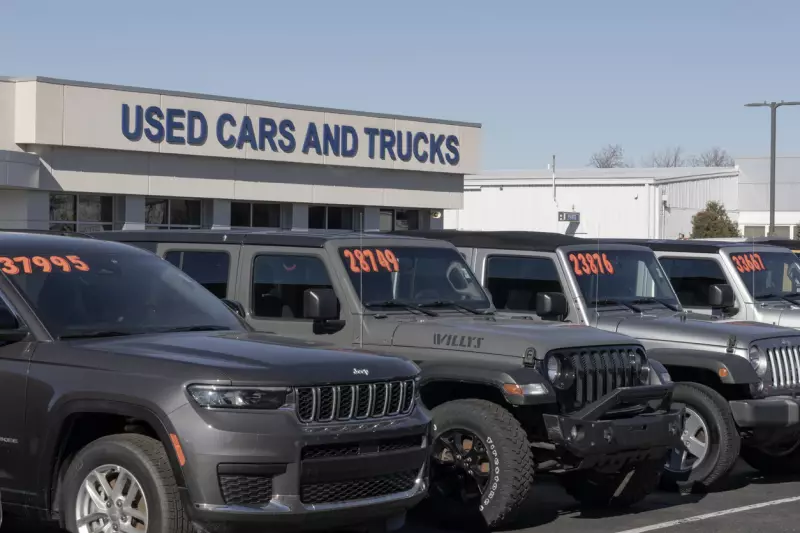
In this guide, we’ll look at state-by-state statistics, published research, and expert commentary to help you see the full picture:
- Where are cars cheapest
- Where fees bite hardest
- How insurance stacks up
Related: How to Buy a Used Car
Key Takeaways
- Used car prices vary by up to $10,000 across states. Vermont offers the lowest average at $31,445, while Wyoming tops the list at $41,405.
- Hidden fees can erase bargains fast. Documentation, title, and registration fees range from $167 in Arkansas to $1,371 in Florida, an 8x spread.
- Insurance costs swing total ownership by thousands. Drivers in Idaho, Maine, and Vermont pay less than $1,500 per year, while those in Louisiana and Florida pay more than $3,000.
Prices: Where Cars Are Cheaper
Here, we’ll look at how the same used car can cost thousands less or more depending on the state where it’s purchased. These differences aren’t random. They’re driven by supply, turnover, tax structures, and demand trends.
|
Region/State |
Avg. Price |
Gap vs. U.S. Avg |
|
Vermont |
$31,445 |
−$3,175 |
|
New Hampshire |
$31,833 |
−$2,787 |
|
Maine |
$32,100 |
−$2,520 |
|
Massachusetts |
$32,750 |
−$1,870 |
|
New York |
$33,290 |
−$1,330 |
|
U.S. Average |
$34,620 |
— |
|
Texas |
$35,820 |
+$1,200 |
|
California |
$36,940 |
+$2,320 |
|
Florida |
$37,710 |
+$3,090 |
|
Wyoming |
$41,405 |
+$6,785 |
Cheapest vs priciest: iSeeCars tells us that Vermont has the lowest average used car price at $31,445. Meanwhile, Wyoming tops the list at $41,405, a $9,960 gap.
Coasts vs inland: Interestingly, coastal regions average around $34,420, versus $35,083 inland (a difference of about −$663).
Atlantic wins: In terms of entire regions, most Atlantic states fall below the U.S. average. New Hampshire leads coastal deals at $31,833 (hint: no state sales tax is a huge help).
Ranking: From lowest to highest, states like VT, NH, ME, MA, and NY cluster on the cheaper end before mid-tier and high-cost outliers.
“States like Florida and Texas often have lower used car prices because of large populations, high vehicle turnover, and a steady influx of new cars… This creates a healthy used car supply, keeping prices competitive.” ~Ananya Varma
“Montana offers 18% lower used car prices than the national average … due to their unique tax structure and minimal inspection requirements.” ~Jon Morgan
When we look at the data, CareEdge and Car and Driver both highlight the value of no-sales-tax states like Oregon, Montana, and New Hampshire as perennial best-value markets. In essence, it’s easier to figure out how to get a deal on a used car in those locations.
Fees: The Hidden Costs That Sneak Up on Buyers
Still, even if a car is cheaper in one state, fees can erase those savings. This section breaks down doc, title, and registration costs.
|
State |
Avg. Total Fees |
Doc % |
Registration % |
Notes |
|
Arkansas |
$167 |
41% |
59% |
Lowest fees |
|
Minnesota |
$202 |
54% |
46% |
Low overall |
|
Florida |
$1,371 |
91% |
9% |
Highest total |
|
Georgia |
$928 |
94% |
6% |
Doc-fee heavy |
|
Virginia |
$885 |
94% |
6% |
Doc-fee heavy |
|
California |
$788 |
17% |
83% |
Registration-heavy |
|
Iowa |
$510 |
38% |
62% |
Registration-heavy |
On average, buyers pay $594 in doc, title, and registration fees, but that number can shoot up fast.
Average: $594 in doc + title + registration.
Range: as low as $167 (AR) and as high as $1,371 (FL), an 8.21× spread in total fees.
Doc-fee–dominant states: Georgia (94%), Virginia (94%), Kentucky (93%), Tennessee (92%).
Registration-heavy states: California (83%), Mississippi (62%), Iowa (62%).
Regional pattern: Coastal states average $672 in fees, inland $528.
“States like Oregon, Montana, and New Hampshire stand out because they have no sales tax, which can save thousands on the purchase. On the other hand, states like California and Illinois impose higher taxes and registration fees, which increase the total cost.” ~Abdul Saboor Qadri
“Georgia charges a flat $20 annual fee versus California’s percentage-based system that can hit $500+ on expensive vehicles… New Jersey/New York paperwork adds 2–3 days to title transfer.” ~William Meyer
CarEdge data confirms low-fee states like AR, MN, OR, and TX are friendlier to buyers. You can use our car loan calculator to help you factor in all the fees as well.
Insurance: The Cost That Keeps Going
Unlike sticker price and fees, insurance is an ongoing cost that compounds over time. A cheaper car in a high-insurance state may be more expensive than a pricier one in a low-insurance state.
|
State |
Avg. Premium |
vs. U.S. Avg |
|
Idaho |
$1,366 |
−$793 |
|
Maine |
$1,382 |
−$777 |
|
Vermont |
$1,447 |
−$712 |
|
Hawaii |
$1,478 |
−$681 |
|
Ohio |
$1,501 |
−$658 |
|
Louisiana |
$3,610 |
+$1,451 |
|
Michigan |
$3,270 |
+$1,111 |
|
Florida |
$3,244 |
+$1,085 |
|
New York |
$2,861 |
+$702 |
Average: $2,159/year (median $2,111).
Range: Idaho low at $1,366 → Louisiana high at $3,610 (2.64×).
ZIP code effect: Moving from an urban to rural ZIP within a region can cut premiums 25–30%.
Why it matters: A car that’s $500 cheaper in one state might cost $700 more after insurance + fees. You’ll also want to be sure your credit is not affecting your insurance rates.
“Louisiana, Michigan, and Florida historically have higher car insurance premiums, which raises total ownership costs. States like Maine, Ohio, and Idaho often provide the most affordable insurance…” ~Ananya Varma
“The hidden cost multiplier most miss is insurance variance. Moving from Michigan to New Hampshire can save $1,800 annually on the same vehicle.” ~Jon Morgan
“California’s mandatory uninsured motorist coverage and higher liability limits mean clients pay $400–$600 more annually vs. identical cars in Ohio/Tennessee… moving 30 miles can drop premiums 25–30%.” ~Patrick Caruso
Insurify and AutoInsurance.com confirm these wide spreads by ZIP, not just state.
Best Overall Value
This section combines price, fees, and insurance to help you understand which states deliver the strongest overall ownership value.
We’ve combined the prior sections to find you the “triple-cheap” states.
These “triple-cheap” states are:
- Hawaii
- Indiana
- Maine
- Massachusetts
- New Hampshire
- New York
- Ohio
- Utah
- Vermont
- West Virginia
- Wisconsin
How to use this list:
- Start with one of these states.
- Filter by your climate and inspection rules.
- Compare insurance rates by your registration ZIP, not the seller’s.
- Add transport or travel costs. (Sometimes picking up the car yourself is cheaper.)
For example: If you buy a car in Vermont (low price + low fees + low insurance), you can save more than $4,000 compared to buying the same car in Florida after just one year.
“Strict inspections (e.g., New York, Massachusetts) can drive up maintenance and prep costs for resellers, making used cars slightly pricier than in looser states.” ~Ananya Varma
“I’ve seen customers bring out-of-state ‘perfect’ cars that then require >$1,500 in repairs just to pass Massachusetts inspection.” ~Zac Ciaschini
CarEdge ranks states like New Hampshire, Oregon, and Montana high for total ownership affordability due to tax and fee advantages.
Don’t forget: part of the maintenance burden is keeping things up in good shape. You can follow our car maintenance checklist for help.
Quick Guides by Buyer Type
Of course, not every buyer values the same thing. This section tailors recommendations based on what you’re optimizing for, like price, insurance, EV availability, or low fees.
|
Buyer Priority |
Best States |
Why |
|
Max savings overall |
HI, IN, ME, MA, NH, NY, OH, UT, VT, WV, WI |
Triple advantage on price, fees, and insurance |
|
Lowest fees |
AR, MN, IN, TX, WA |
Fees as low as $167 |
|
Lower insurance |
ID, HI, VT, ME, OH |
<$1,500/year average |
|
Coastal bargains |
NH, ME, MA, NY |
Below-average prices |
|
EV/Hybrids |
CA, OR, WA |
Strongest supply and inventory |
Max savings overall: Start with the 11 triple-cheap states above.
Lowest fees: AR, MN, IN, TX, WA.
Lowest insurance: ID, HI, VT, ME, OH.
Coastal bargains: Atlantic corridor (NH, ME, MA, NY) often stays below average.
EV/Hybrids: CA, OR, WA (heavy supply): check listings locally before banking on deals.
“For budget-conscious buyers, states with large vehicle turnover (Texas, Florida) are ideal for variety and price. For EV/hybrid shoppers, California and Colorado stand out. And always factor in insurance— a ‘cheap’ used car in Michigan might cost more overall than the same car in Ohio once insurance is added.” ~Ananya Varma
“Texas has massive inventory (over 800,000 used vehicles) but metro areas remain pricey due to high earning power; states like North Dakota see 40% fewer hybrid listings because of climate constraints.” ~Jon Morgan
Remember, you have multiple financing models to follow, too. You can lease instead of buying, which may be a better deal in the long run.
Best States by Vehicle Type
In the end, the best place to buy will depend on your budget as well as on what kind of vehicle you’re after. You’ll find different types of vehicles tend to be grouped together regionally based on lifestyle, policy incentives, and supply chains.
Sedans/Small Cars
Best in the Atlantic corridor (NH, ME, MA, NY): lower prices, insurance, and urban-friendly demand.
“Sedans: Northeastern states have a higher ratio, largely due to urban living and tighter city driving conditions.” ~Ananya Varma
Compact/Midsize SUVs
The Atlantic corridor has the price edge, while Texas and the Southeast often dominate in selection, especially trucks & SUVs.
“Trucks & SUVs: Texas, Oklahoma, and other Southern states dominate the used market because of lifestyle needs and local demand.” ~Ananya Varma
“The Southeast dominates truck availability via fleet turnover; many work trucks are liquidated at wholesale.” ~William Meyer
Full-Size SUVs / Trucks
Texas and the Plains tend to be strong markets as a result of high volume, lower doc fees, and scale economies.
“Texas is a strong market for larger vehicles thanks to sheer volume, often making deals easier to find.” ~Abdul Saboor Qadri
Hybrids
The West Coast and the Northeast tend to have stronger hybrid inventory thanks to incentives and adoption.
“Washington and Oregon dominate used EV inventory per capita, driven by earlier incentives and market evolution.” ~Jon Morgan
EVs
The West Coast is the strongest supply region. But check batteries, incentives, and registration logistics. Also, make sure you understand the basics, like what kind of oil your car takes.
“EV incentives in California, Colorado, and New Jersey make used EV purchases more attractive.” ~Ananya Varma
“Lease returns in California create oversupply; I transport Teslas to Midwest buyers saving $8,000–$12,000 net of shipping.” ~William Meyer
Luxury Vehicles
Florida and Michigan are hotspots thanks to lease returns and industry hubs, respectively.
“Michigan has a high concentration of used luxury and muscle cars; its no-fault insurance laws tack on $200–$400 extra per month vs. many states.” ~Sean Swain
Checklist: How to Calculate the Real Cost of a Car Purchase
In this final section, you have a simple framework to evaluate the true cost of buying out of state.
Step 1: Add price + fees + first-year insurance for your registration ZIP.
“The hidden cost multiplier most miss is insurance variance—moving from Michigan to New Hampshire can save $1,800 annually on the same vehicle.” ~Jon Morgan
Step 2: Account for any inspection/emissions differences ($200–$1,500 potential cost).
“Strict states like Massachusetts can turn a ‘perfect’ southern car into $1,500+ in repairs just to pass inspection.” ~Zac Ciaschini
Step 3: Check title and transport delays (2–3 days in NJ/NY).
“New Jersey / New York paperwork can add 2–3 days to title transfer; Nevada / Arizona are more streamlined, lowering transport cost.” ~William Meyer
Step 4: Review climate and damage risk (salt, hail, floods).
“Regional part availability and repair complexity also drive costs. West Coast paint or mods are harder to match in New England.” ~Zac Ciaschini
And, in the end, if you feel like you’re in over your head, there are ways to get out of a car loan as well.
Shop Smarter, Not Just Closer
It’s easy to pick the car nearest your home. But with up to $10,000 in variation across states and compounding costs from fees and insurance, buying across state borders may get you way bigger savings.
Here’s just a glimpse of what that looks like:
- Vermont, New Hampshire, and Maine lead on low average prices.
- Arkansas, Minnesota, and Indiana offer favorable doc/fee structures.
- Idaho, Maine, and Vermont have among the lowest insurance rates.
- Texas is a prime truck/SUV market.
- The West Coast is unbeatable for EV and hybrid inventory.
- The Atlantic corridor offers strong deals on sedans and midsize SUVs.
“Most people look at obvious metrics, but the real savings come from understanding state-specific financial ecosystems.” ~Jon Morgan
Before you commit:
- Get a quote for insurance based on your ZIP.
- Check the inspection rules where you'll register.
- Factor in the cost of any transport or travel.
- Inspect the car for possible hidden damage.
Remember, the lowest sticker isn’t always going to get you the best deal. But if you combine data, research, and wise inspections, you can find one that is


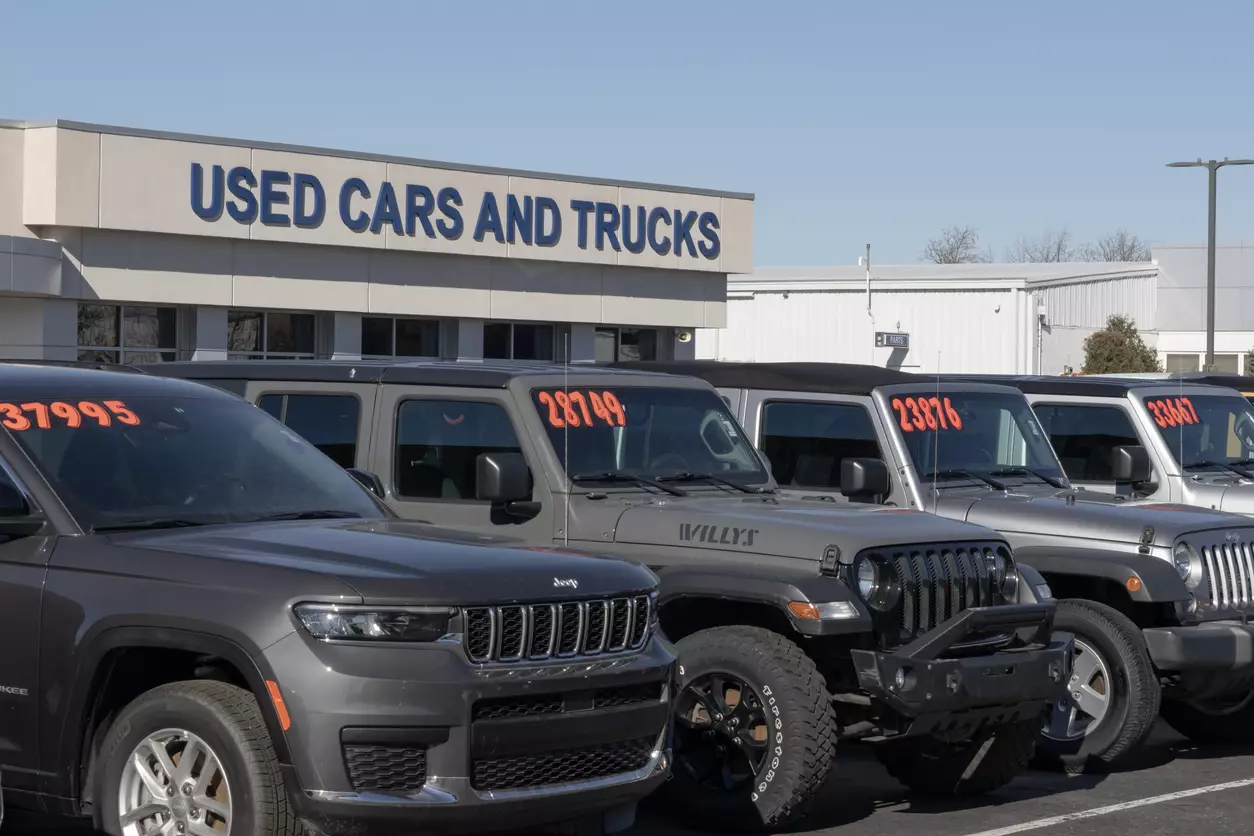
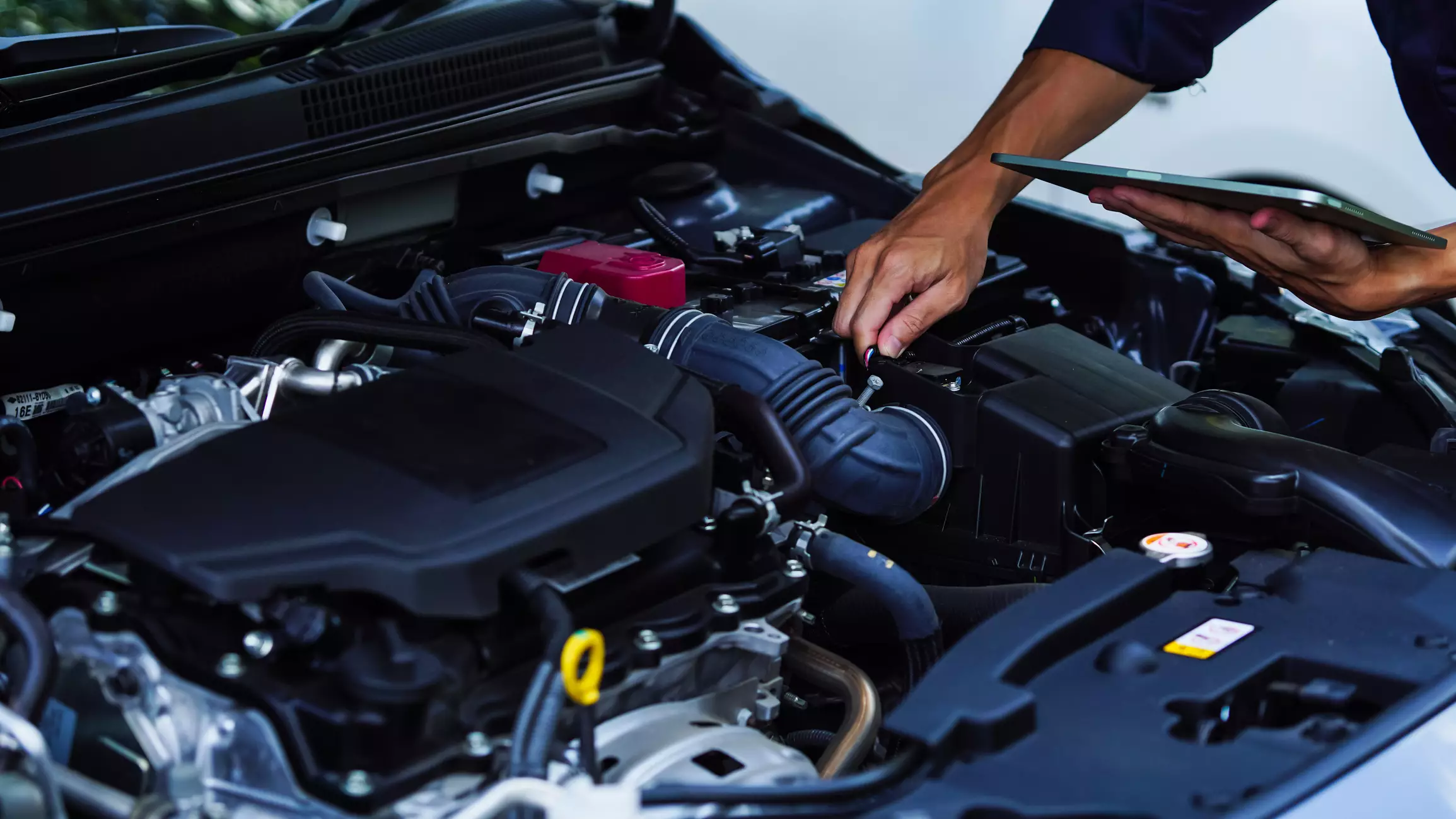


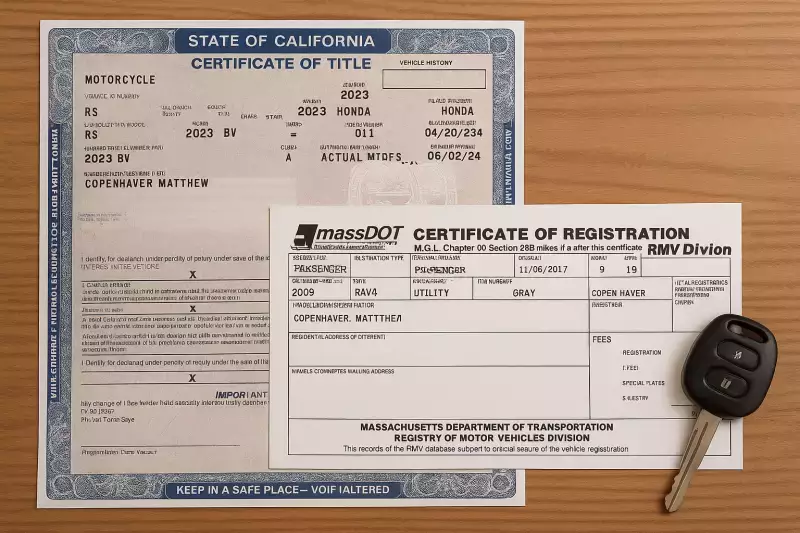
![Best Sites to Check a Car’s History [2025 Review]](https://media.infopay.net/thumbnails/K8lMeG2QLjE46LPqZlmoi6SunKKdT5qvlaRZk6e1.webp)
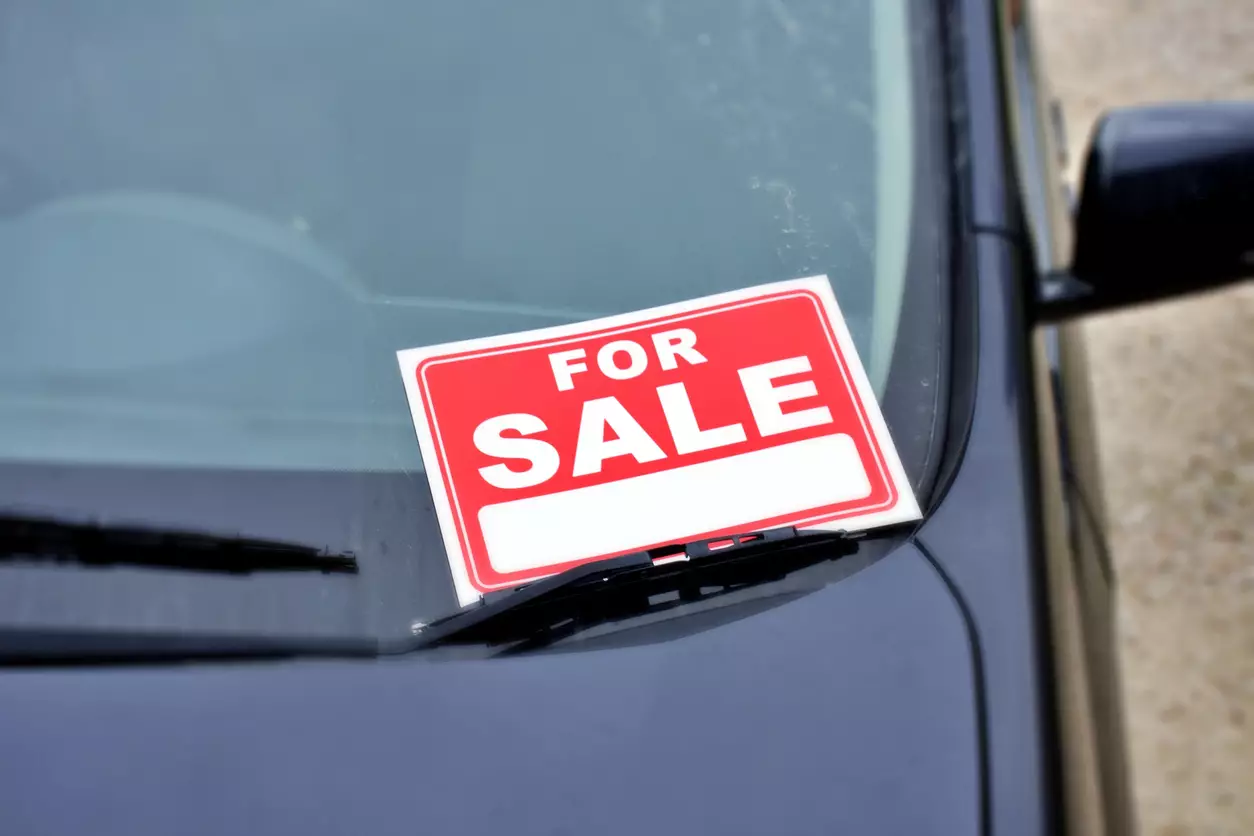





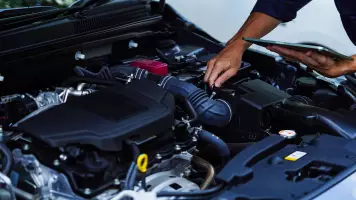


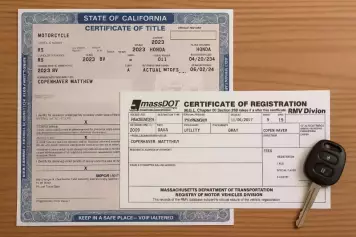
![Best Sites to Check a Car’s History [2025 Review]](https://media.infopay.net/thumbnails/K8lMeG2QLjE46LPqZlmoi6SunKKdT5qvlaRZk6e1-w356.webp)
